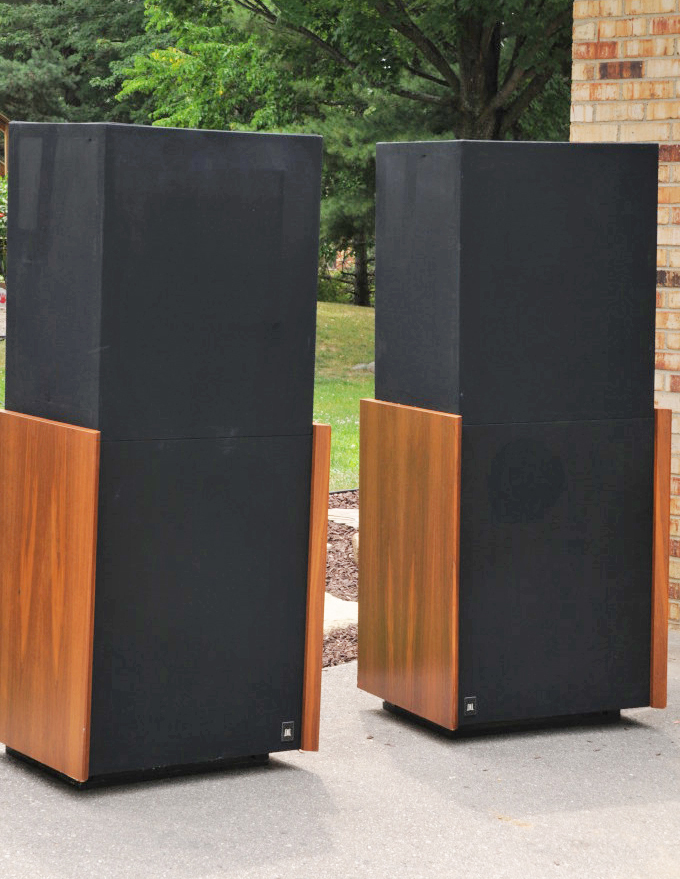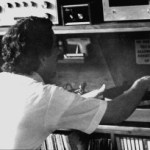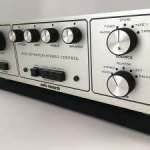More of the Music of Antonio Vivaldi
Reviews and Commentaries for The Four Seasons
In 2007 we did a shootout for this album and noted the following:
For those with better tube gear, the string tone on this record is sublime, with that rosin-on-the-bow quality that tubes seem to bring out in a way virtually nothing else can, at least in my experience.
Our experience since 2007 has changed our view concerning the magical power of tubes to bring out the rosiny texture of bowed stringed instruments. We have in fact changed our minds completely with respect to that often-unquestioned belief.
It’s a classic case of live and learn, and one of the bigger milestones in audio that we marked in 2007, a year that in hindsight turns out to have been the most important in the history of our company.
Our transistor equipment — and by “our” we mean the unnamed low-powered ’70s integrated amp we use, mated with the EAR 324P phono, making no claims whatsoever for any other transistor equipment of any kind, almost all of which in my experience is not very good — is dramatically faster, more transparent, more free from smear, more dynamic and more resolving than any tube equipment we have ever heard.
It is, simply put, much more truthful.
It is precisely this quality that is hardest to find in all of audio.
It is also the one quality of our system that, more than any other, allows us to do our job well.
Our equipment lets us hear the sound of the record being played, uncolored and unadorned.
It also has the added benefit of sounding to us more like live music.

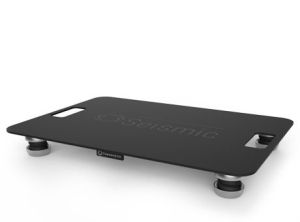
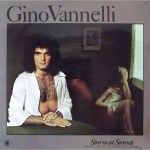
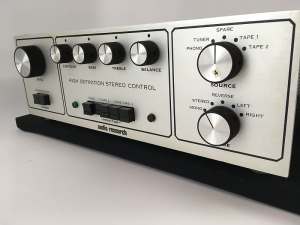
 This is also the kind of recording that caused me to pursue Big Stereo Systems driving Big Speakers. You need a lot of piston area to bring the dynamics of this recording to life, and to get the size of all the instruments to match their real life counterparts.
This is also the kind of recording that caused me to pursue Big Stereo Systems driving Big Speakers. You need a lot of piston area to bring the dynamics of this recording to life, and to get the size of all the instruments to match their real life counterparts.